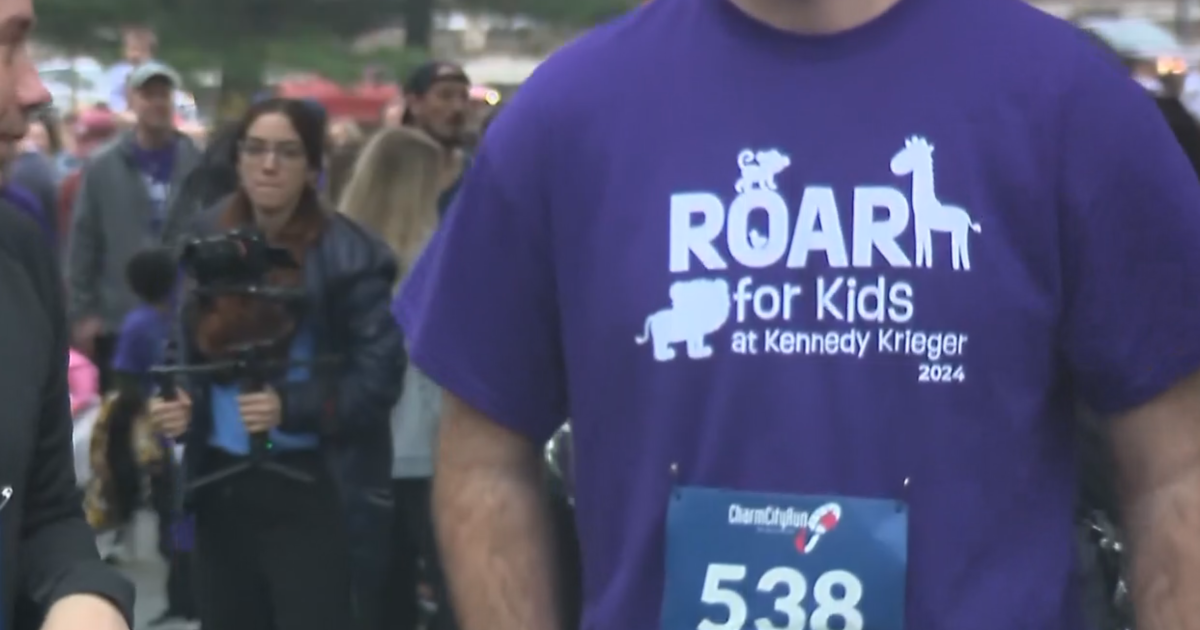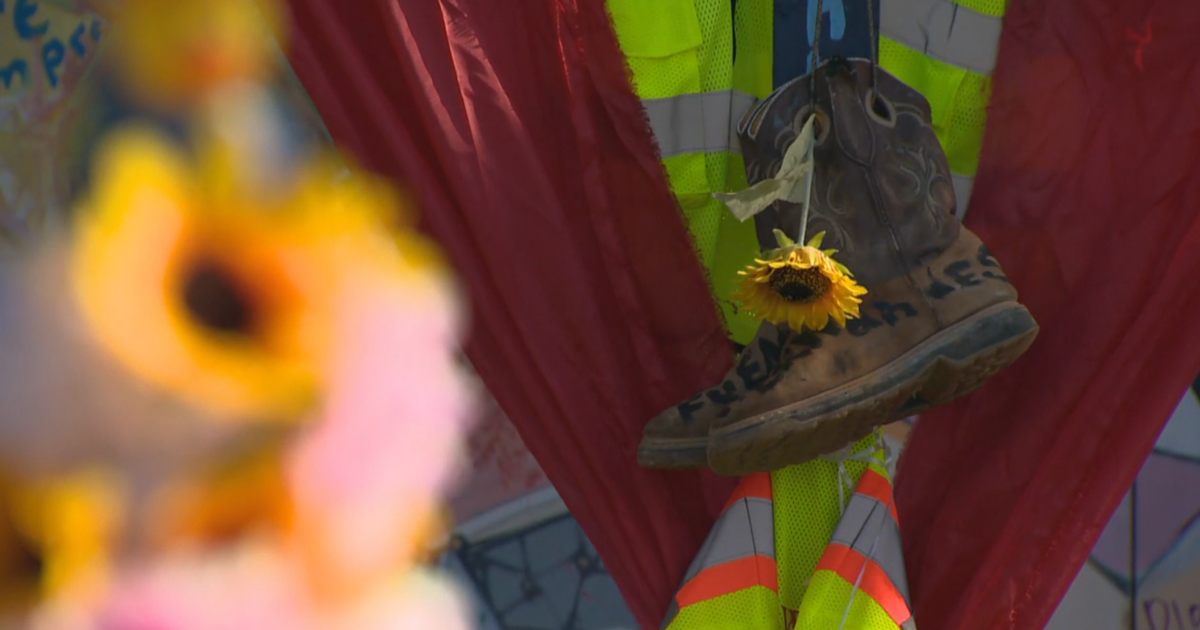Medical Group Shares Dos, Don'ts Of Wearing A Face Masks
(CNN) — In an attempt to get every American behind the idea of wearing a face mask -- and behind an actual face mask -- to slow the spread of Covid-19, the Association of American Medical Colleges on Wednesday released simple, straight-forward national guidance for the public.
"These guidelines are meant to provide everyone around the country with a unified approach to wearing face masks and correct the often-conflicting messaging and misinformation out there," Dr. Atul Grover, executive director of the AAMC Research and Action Institute said in a news release.
"Until we develop a vaccine and better therapeutics, prevention is the key to reducing the impact of this pandemic," Grover said. "The quicker we make face coverings our 'new normal,' the faster we can gain control over Covid-19."
Grover told CNN that face masks protect everyone -- you and the other person. "If you're wearing it and the people around you are wearing it, we've seen that transmission [of the coronavirus] probably drops in the 90% plus range, which is pretty good odds," he said.
The AAMC -- a nonprofit association representing all accredited US and Canadian medical schools, teaching hospitals, health systems and academic societies -- compiled its new guidelines using the latest scientific information and studies on mask usage from the US Centers for Disease Control and Prevention, state and local governments and public health experts.
What masks to wear
The guidelines state that face coverings should cover both your nose and mouth and should be well-fitted to minimize gaps around your nose and chin; cloth face masks should have at least two layers, and three layers when possible; loosely folded face coverings and bandana-style coverings are better than no coverings but still allow for the smallest aerosolized respiratory droplets to get into the air.
When to wear masks indoors
Wearing a face mask "is critically important" when indoors because super-spreader events are much more likely to occur indoors, according to the guidelines. Therefore, the guidelines note that face coverings should be worn by everyone age 2 and older when indoors and around people who do not live in their household. All businesses open to the public should insist that all customers wear masks while indoors, the guidelines say.
When to wear masks outdoors
When outdoors, the safest option for everyone age 2 and older is to wear a mask, even when briefly passing by others, such as running or walking by someone on the sidewalk, according to the guidelines. If you're outdoors and not expecting to be around others, masks are not needed. Avoid nonessential activities and gatherings that bring people within 6 feet of each other or cause a more forceful breathing, such as playing sports or singing, with or without face coverings.
'There's really no downside to this'
"We've had a lot of different sources talking about very similar things but in a way that's not necessarily been accessible to the general public, and we hope that this is in a format that now will be easier to understand and very simple: if you're inside anywhere with people who are not part of your house, you should be wearing a mask. And outside, if you are potentially going to be around people that are not part of your household, within six feet, you ought to be wearing a mask," said Grover.
To those who say masks are uncomfortable, Grover acknowledged that they're uncomfortable for him too. "I would say, 'You're right.' ... But there are things that we all do to take normal precautions; I don't like wearing a seatbelt most of the time -- I try to keep my clothes unwrinkled; it's uncomfortable -- but it's the law, and we also know it saves lives... It's a pro-and-con risk and there's really no downside to this except that discomfort."
To those who worry that breathing in the air you just expelled causes you to get carbon dioxide poisoning, Grover said, not so. "You can find videos of plenty of physicians and nurses and respiratory techs that are putting on 1, 2, 3, 4 -- or even 10 -- masks [who are] exercising, talking and showing that their pulse oximetry is not reading any decrease. There haven't been any reports of anyone's life being in danger from wearing a mask," he stressed.
And to the skeptics, Grover said the evidence is strong. "We've got pretty good evidence now. We might not be able to locate down to the 10th or 15th decimal point-range of how much your risk is reduced, but we know that your risk is reduced. And wearing a mask will reduce your risk without increasing your risk of harm at all."
Simply put: "We know this will benefit you, we know it'll benefit the people around you," Grover said. "It needs to be the new normal."
The-CNN-Wire
™ & © 2020 Cable News Network, Inc., a WarnerMedia Company. All rights reserved.



